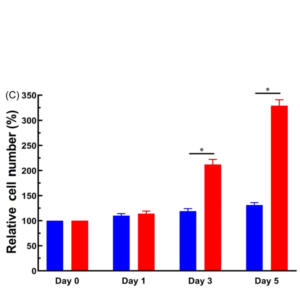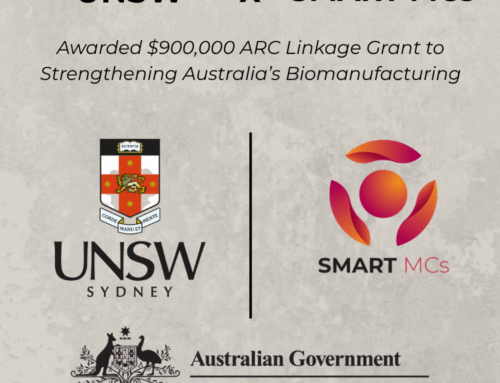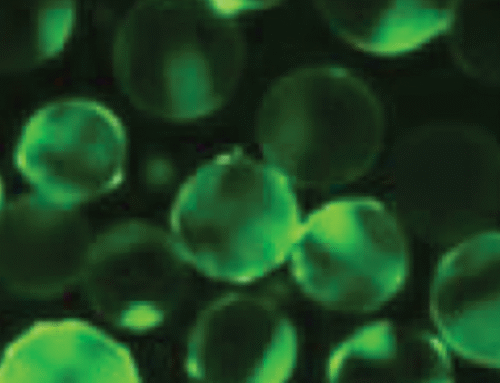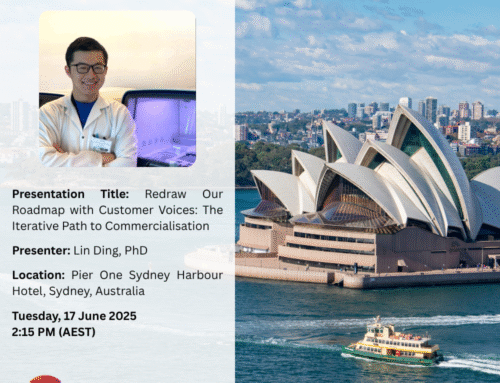A new study introduces an advanced approach for dental tissue regeneration using an injectable microcarrier-hydrogel composite system. This method aims to address the limitations of conventional stem cell therapies, particularly the challenges of low cell viability and poor integration after transplantation. By combining dental pulp stem cells (DPSCs) with a composite of gelatin methacrylate (GelMA) hydrogel and microcarriers (MCs), researchers have developed a more supportive environment that enhances stem cell survival, extracellular matrix (ECM) secretion, and differentiation.
Key Role of Microcarriers in Scaling and 3D Culture
Microcarriers (MCs) play a crucial role in this system, offering a promising avenue for creating bioscaffolds by replicating three-dimensional (3D) microenvironments akin to the natural ECM. This feature is particularly important for stem cell therapies as it supports cell proliferation and differentiation in a more physiologically relevant setting. In this study, MCs were used to scale the culture of DPSCs, enabling a larger quantity of cells to grow effectively—critical for successful tissue regeneration.
The use of MCs also eliminates the need for trypsinization, which can damage the ECM produced by cells. Instead, cells cultured on MCs can be directly incorporated into the hydrogel without disrupting the ECM, preserving the integrity of the microenvironment essential for effective cell function and tissue regeneration.
Hydrogel as a Versatile Delivery System

The hydrogel component of the composite plays an equally important role as an efficient delivery system for the cells. Gelatin methacrylate (GelMA) hydrogel is biocompatible, biodegradable, and can be photopolymerized using visible light—making it highly practical for clinical applications. The GelMA hydrogel serves as a carrier for the microcarrier-cultured cells, maintaining their viability during and after injection. Its flowable properties allow easy injection into narrow and irregular spaces, such as root canals, while supporting cell attachment, ECM secretion, and differentiation.
This system provides a minimally invasive method for delivering stem cells to target areas, enabling them to continue their regenerative processes. Additionally, the combination of MCs and GelMA hydrogel allows for off-the-shelf availability, as the composite can be stored without losing its injectability or the viability of the embedded cells.
Key Results

The microcarrier-hydrogel composite boosted DPSC cell numbers by 300% by Day 5.
- The microcarrier-hydrogel system boosted DPSC proliferation by 300% and significantly improved cell viability.
- Cells demonstrated enhanced spreading and adherence within the microcarrier-hydrogel system, fostering better cell-to-cell interaction.
- The system promoted substantial ECM deposition and organization, providing strong support for tissue regeneration.
- Higher ALP activity, mineralization, and expression of key dentin-forming genes were observed, indicating robust odontogenic differentiation.
- The microcarrier system increased VEGF release, promoting angiogenesis essential for tissue growth.
- The composite maintained cell viability and injectability after storage, making it ideal for clinical applications.
Conclusion
This innovative microcarrier-hydrogel system represents a significant advancement in dental tissue regeneration. By combining the 3D culture capabilities of microcarriers with the versatile delivery properties of hydrogels, this approach maximizes the therapeutic potential of dental pulp stem cells. The system not only enhances cell viability, proliferation, and function but also simplifies the clinical delivery process, offering a powerful tool for regenerative dentistry and potentially other medical applications. Further studies are necessary to explore its full in vivo potential, but current results show marked improvements over existing methods for stem cell delivery and tissue regeneration.
Looking to improve your dental pulp stem cell (DPSC) culture with microcarriers or explore the benefits of hydrogel technology?
Contact our team of experts for reliable solutions and professional support.
Read the full article here.






Leave A Comment